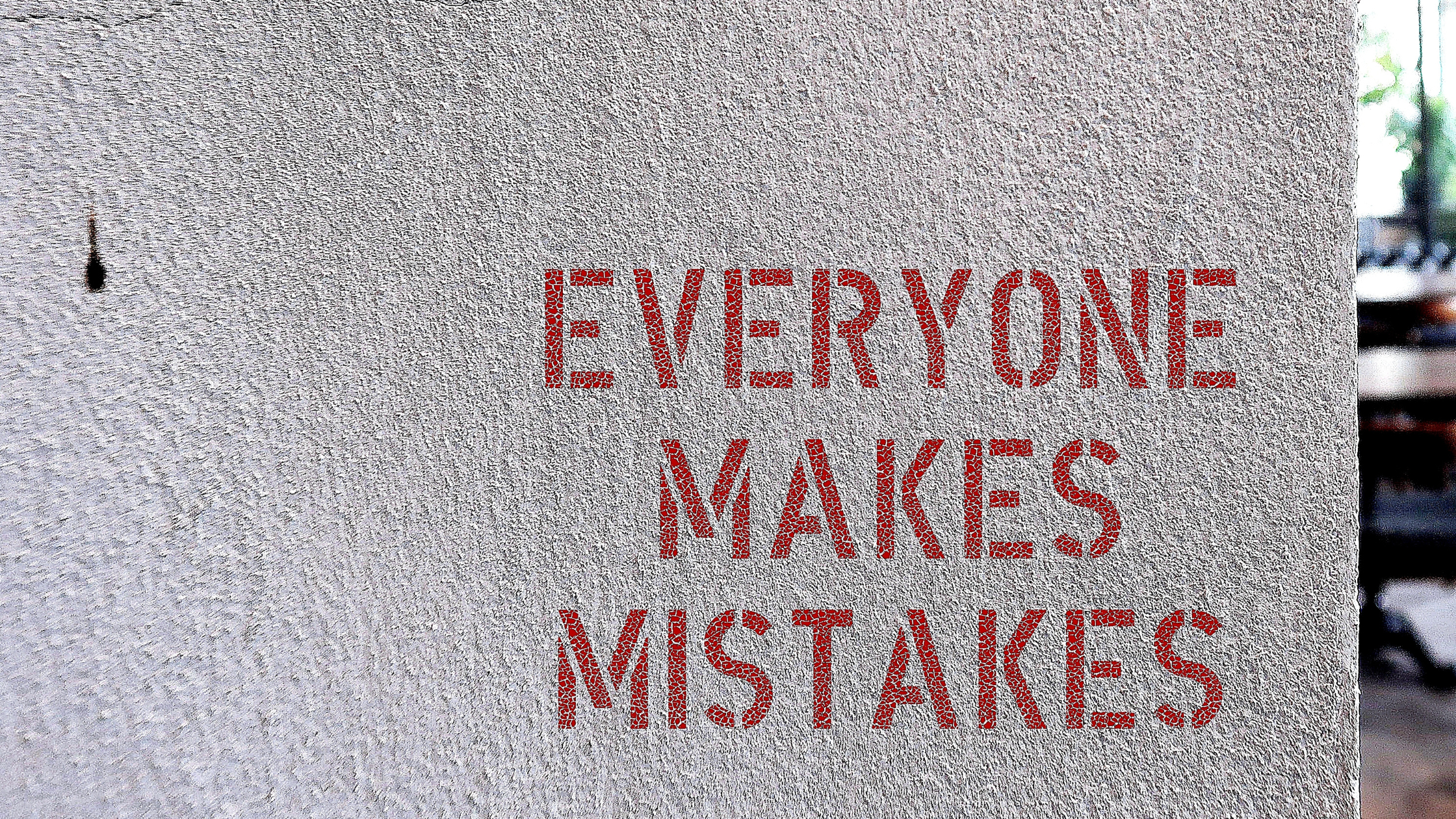How to Unlearn and Correct Common Errors in Italian
In our journey of learning Italian, we often talk about common hurdles like vocabulary retention or mastering complex grammar. Today, however, I want to address a less obvious yet significant challenge that might be hindering your progress: the difficulty of unlearning incorrectly learned words or phrases.
Having worked with numerous English-speaking students from different parts of the world, I’ve come to realize that a significant language acquisition challenge isn’t just learning new phrases – it’s correcting the mislearned ones. Many learners aren’t initially aware of this issue, and yet once it’s brought to their attention, they quickly recognize its significance as a major obstacle in their language acquisition process.
Embracing mistakes while learning a new language
I recall my days in Boston, where for the most part, I spoke English unaware of my mistakes, simply because people understood me and rarely corrected my errors.
But correcting our mistakes is essential for improvement, isn’t it?
Then one day it really became clear to me: I was chatting with my friend Diana, enjoying what I described as a “careless afternoon at the Boston Commons.” I had meant to convey relaxation and ease, and used “careless” to imply being “carefree.” Diana gently corrected me: “Angela, I think you mean carefree and not careless.“
In that moment, I froze, overwhelmed by a feeling of embarrassment. It was as if all my past uncorrected mistakes, and the possibility of future ones, were condensed into that single instance.
Yet, alongside embarrassment, I also felt gratitude. Diana’s honesty was a true gift – it not only allowed me to recognize and correct my mistake but also prompted me to quickly activate language learning strategies to unlearn this error and improve my language. And that is priceless!
Crucial steps to unlearn language mistakes
I am sure I have made countless other similar mistakes, yet none are as vivid and memorable as this particular one. Do you know why?
Firstly, I deeply valued my friend’s willingness to correct my error, so candidly and naturally. In language learning, mistakes often go unnoticed by the learner, creating an uncomfortable dilemma for the listener. Typically, they face a critical decision: ignore the error, as most would for convenience, or choose the harder path of pointing out the incorrect usage (which is quite rare).
Secondly, that moment of honesty marked a crucial realization for me about the difficulty of unlearning ingrained mistakes. Despite being aware of the difference between “carefree” and “careless”, I had internalized the phrase “we had a careless afternoon.” (Even now, I have a twinge of insecurity as I write this!). Realizing this and beginning the process of correction helped me understand how hard it is to modify entrenched language habits.

Mistakes are important milestones toward your fluency
Have you ever found yourself in a similar situation? Have you ever used an incorrect Italian phrase and felt embarrassed once you realized the mistake?
If so, you’re not alone. We all face these challenges, but it’s crucial to shift our perspective on such errors. Remember, mistakes are important milestones toward your fluency.
So, what can you do about ingrained errors? How can you unlearn something that has been mistakenly learnt?
The key lies in understanding and intentionality.
Understanding the error: First, we need to pinpoint exactly where the mistake is occurring in order to address it effectively. In my own experience, identifying the error was straightforward (as it basically meant recalling something I already knew!). However, this isn’t always the case. Often, it requires a thorough examination of why a mistake is made and the underlying patterns contributing to it during your language practice.
Intentional Correction: Once the error is understood, the next step involves deliberate and conscious effort to correct it. After mixing up “careless” and “carefree,” I dedicated myself to using “carefree” correctly in numerous sentences. This language practice technique was aimed at replacing the incorrect memory with the correct usage, cementing the right word in my mind through repetition and context.
You can do this too. 💪

Whether it’s rehearsing out loud, engaging in conversations with friends, or even practicing in front of a mirror, every effort counts. If you’re struggling to shake off a persistent error or need guidance, don’t hesitate to get in touch. I’d love to help! Tell me about your challenges, and let’s work together to correct those mistakes, practice them correctly, and truly master them.
Don’t let a careless slip become a habit; instead, stride carefree (or should I say, “spensierato”) towards fluency. If you stumble along the way, laugh it off, learn from it, and keep talking!
As you can see, I never miss a chance to practice, over and over again 😜



